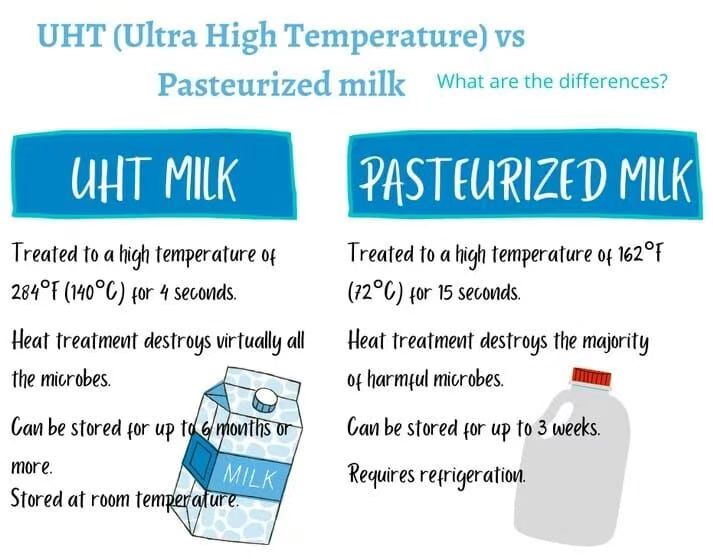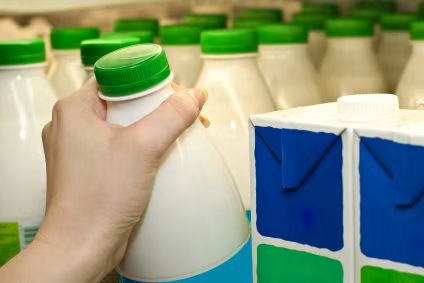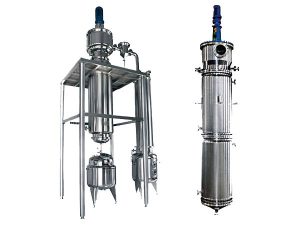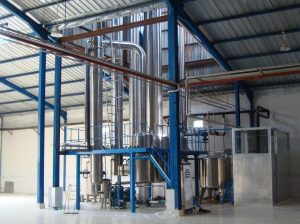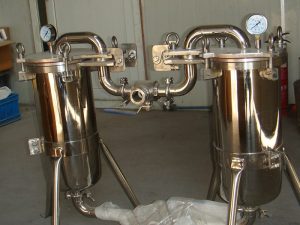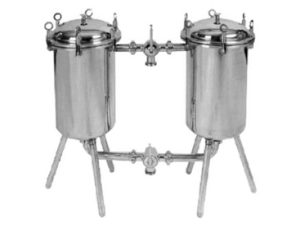Milk is a daily staple for millions of people around the world, but not all milk is treated the same. When browsing supermarket shelves, you’ve likely come across terms like “UHT milk” and “pasteurized milk.” These labels indicate different processing methods that directly impact milk’s shelf life, safety, taste, and nutritional properties. If you’re unsure which one is right for you, this article will help you understand the key differences, especially from a processing perspective. As a pasteurizer manufacturer, Zhongbo is here to shed light on how both UHT and pasteurized milk are made—and which one may suit your needs best.

Table of Contents
ToggleAbout Pasteurized Milk and UHT Milk
What Is Pasteurized Milk?
Pasteurized milk undergoes a controlled heat treatment designed to eliminate harmful microorganisms without significantly altering the flavor or nutritional value. Typically, the milk is heated to 72–75°C for about 15–30 seconds, then quickly cooled. This process, originally developed by Louis Pasteur, ensures safety while preserving the fresh taste of milk. Pasteurized milk must be stored in the refrigerator and generally stays fresh for up to 10 days when unopened.
At Zhongbo, we offer three types of pasteurization systems—coil, plate, and tubular pasteurizers—each tailored to different production capacities and product characteristics.

Learn More: Does Pasteurizing Milk Kill Nutrients?
What Is UHT Milk?
UHT stands for ultra-high temperature or ultra-heat treatment. UHT treated milk is heated to 135–155°C for just a few seconds and then rapidly cooled. This short but intense heat exposure kills virtually all bacteria and spores, making the milk shelf-stable for up to 12 weeks without refrigeration. UHT milk is especially popular in regions where cold chain logistics are limited or where long storage life is a priority.

Are They the Same?
While both processes involve heating the milk to kill pathogens, UHT and pasteurization are not the same. Pasteurized milk retains more of the milk’s original characteristics and requires refrigeration, while UHT milk has a longer shelf life but may have a slightly altered taste due to the higher temperature. In the U.S., ultra-pasteurized milk refers to milk heated to temperatures similar to UHT, but it still needs to be refrigerated. This can sometimes cause confusion, but in most global markets, UHT milk is fully shelf-stable.
UHT Milk vs Pasteurized Milk
| Feature | Pasteurized Milk | UHT Milk |
|---|---|---|
| Purpose | Short-term preservation with fresh taste | Long shelf life and convenience without cooling |
| Method | Heated to 72–75°C for 15–30 seconds | Heated to 135–155°C for 2–5 seconds |
| Safety Status | Kills most harmful bacteria; requires refrigeration | Kills all bacteria and spores; shelf-stable unopened |
Purpose
Both UHT and pasteurization aim to make milk safe for consumption by destroying harmful microorganisms. Pasteurization focuses on extending short-term freshness while preserving natural flavor. UHT milk is intended for longer storage and convenience without refrigeration, making it ideal for regions with inconsistent cold storage availability or for emergency food supplies.
Method
Pasteurization is done at moderate temperatures (72–75°C), preserving much of the original taste and structure of the milk. UHT milk, on the other hand, undergoes a more intense process (135–155°C) that ensures a sterile product. Zhongbo’s advanced pasteurizers play a critical role in ensuring the thermal processing is efficient, consistent, and tailored to your production scale.
Safety Status
Both UHT and pasteurized milk are considered safe to drink and are regulated by food safety authorities worldwide. Pasteurized milk must be kept cold and consumed within a shorter period, while UHT milk can remain on the shelf for weeks, unopened. Once opened, both types must be refrigerated and consumed within a few days.
Learn more: Homogenized Milk vs Pasteurized Milk: 9 Key Differences
Which One Should You Choose?
The choice between UHT and pasteurized milk depends on your lifestyle and storage capabilities. If you value fresh taste and have access to refrigeration, pasteurized milk is a great option. It’s ideal for daily consumption and often preferred for its familiar flavor and texture.
On the other hand, if you need milk that lasts longer without refrigeration, UHT milk is the better choice. It’s perfect for travel, stocking up at home, or for areas where refrigeration is limited.
From a production standpoint, food and beverage manufacturers must also consider their product shelf life goals and distribution logistics when choosing between UHT and pasteurization systems. Zhongbo’s wide range of pasteurizers—coil, plate, and tubular—supports different processing needs and helps ensure optimal milk quality.
Conclusion
Understanding the difference between UHT and pasteurized milk can help you make smarter choices at the supermarket—or if you’re in the dairy processing industry, help you decide which processing technology to invest in. While both types are safe and nutritious, each comes with distinct advantages depending on storage, flavor preferences, and supply chain requirements.
Whether you’re aiming for a longer shelf life or a fresh, natural taste, Zhongbo’s pasteurization solutions are built to support high-quality milk processing from farm to table.

